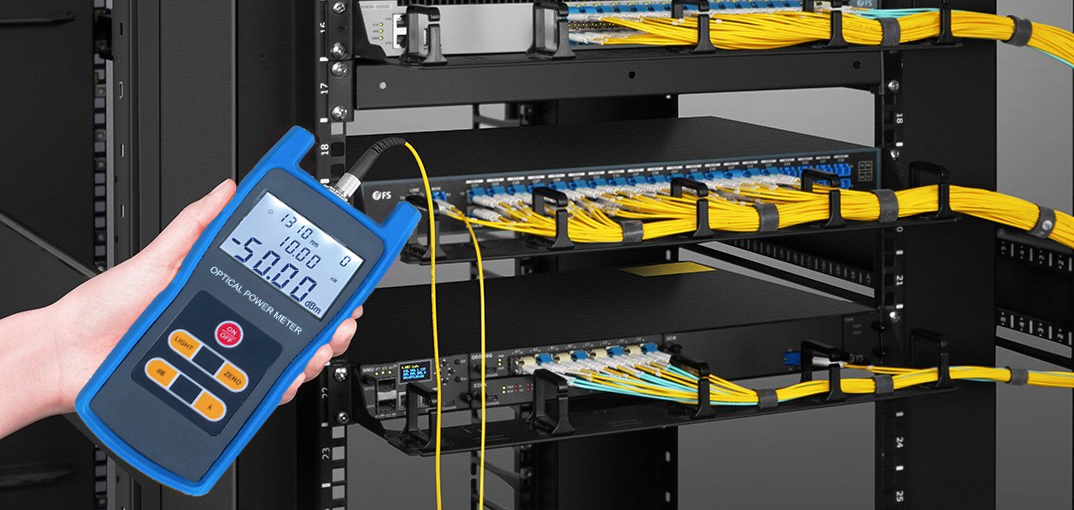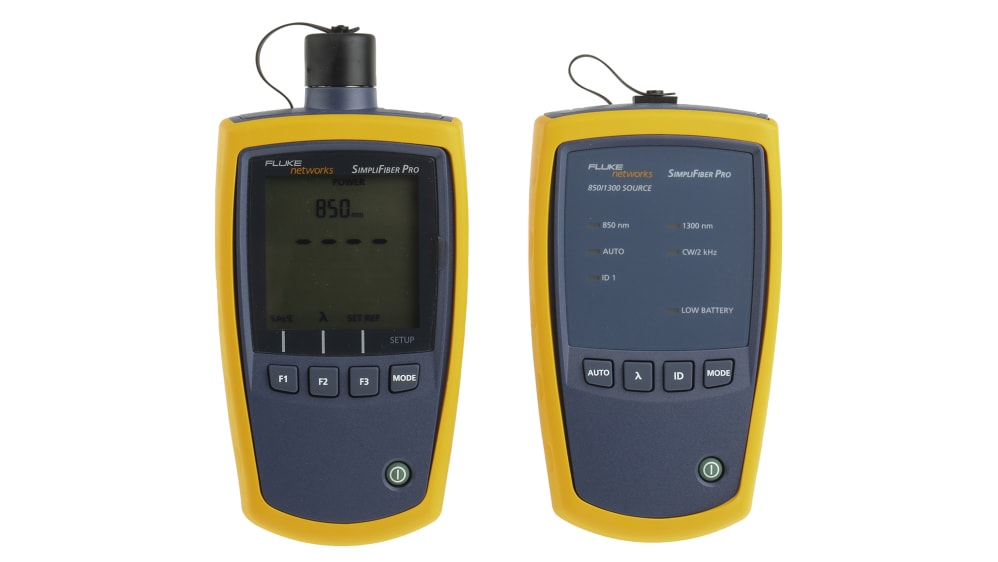Ofda is essential for accurate fibre measurement in multiple applications.
Wiki Article
Discover the Significance of Optical Fiber Testing in Modern Telecom
In the world of modern-day telecommunications, the importance of optical fibre testing can not be overemphasized, as it offers as the foundation for ensuring network dependability and performance. By applying normal screening methods, operators can preemptively identify potential issues such as signal degradation, thus protecting against interruptions that could prove costly. Advanced techniques like Optical Time-Domain Reflectometry play a pivotal role in this process, yet many might forget the broader implications of these methods. What are the details advantages that normal testing deals, and just how might it form the future landscape of telecommunications?
Understanding Optical Fiber Testing
Optical fiber testing is a crucial procedure in telecommunications that ensures the honesty and performance of fiber optic networks. This testing encompasses a series of procedures made to examine the physical and functional features of optical fibres - robotic vision. Trick specifications analyzed include optical power loss, data transfer capability, and mistake location, which are crucial for preserving high-quality interaction web linksThe screening procedure normally involves using specialized tools such as Optical Time-Domain Reflectometers (OTDR) and Optical Power Meters. OTDRs are utilized to recognize and define mistakes, entwines, and ports within the fiber, while power meters measure the transmitted light signal toughness to determine performance.
Additionally, screening is conducted at numerous stages, including throughout installation, upkeep, and troubleshooting, to guarantee that the network satisfies industry criteria and operational requirements. Conformity with criteria established by organizations like the International Telecommunication Union (ITU) and the Telecommunications Market Organization (TIA) is paramount.
Benefits of Routine Checking
Normal screening of optical fibers yields various advantages that dramatically enhance network dependability and efficiency. Among the key advantages is the very early discovery of potential problems, such as breaks or deterioration in the fiber, which can bring about costly downtime if left unaddressed (robotic vision). By determining these issues proactively, telecoms providers can reduce service interruptions and guarantee constant connectivity for their customersAdditionally, regular testing helps to maintain the honesty of signal top quality. As optical fibers age, their efficiency can be impacted by aspects such as environmental conditions and physical tension. Routine assessments allow for the monitoring of signal loss and overall transmission efficacy, ensuring that the network runs at optimum levels.
Another substantial advantage is conformity with industry criteria. Regular screening supports adherence to governing demands, thus reducing legal and economic risks related to non-compliance. Additionally, it improves the total life expectancy of the fiber infrastructure by assisting in prompt maintenance and fixings.

Common Evaluating Approaches
Testing optical fibres utilizes numerous approaches to guarantee the honesty and performance of telecommunications networks. Amongst one of the most typical techniques is Optical Time Domain Name Reflectometry (OTDR), which assesses the whole size of the fiber by sending out a pulse of light and measuring the reflections brought on by flaws or breaks. This method offers in-depth details about the location and severity of faults.Another prevalent approach is the use of Optical Power Meters, which measure the amount of light sent via the fiber. This technique helps determine the loss of signal strength, ensuring that it meets sector criteria. In Addition, Aesthetic Fault Locators (VFL) are utilized to identify breaks or severe bends in the fiber by predicting a visible laser light into the cable.
Insertion loss screening is additionally vital, as it measures the loss of signal power resulting from links and interlaces within the network. In addition, making use of Polarization Mode Dispersion (PMD) screening examines the impact of fiber features on signal stability.
Each of these techniques plays a vital duty in preserving the performance and dependability of optical fibre networks, inevitably adding to seamless telecoms operations.
Influence on Network Performance
The honesty and performance of optical fiber networks directly affect general network performance. In modern-day telecommunications, the performance of data transmission counts heavily on the top quality of the optical fibres made use of. Any kind of degradation in the fiber's condition-- whether as a result of physical damage, contamination, or too much bending-- can bring about enhanced depletion and signal loss, substantially impacting information integrity and rate.Regular optical fiber screening is important to identify and remedy potential issues before they show up as network failures or stagnations. Techniques such as Optical Time Domain Reflectometry (OTDR) and insertion loss screening allow service technicians to measure the performance of fiber web links accurately. These tests not only review the physical condition of the fibres however additionally ensure compliance with sector criteria, thereby securing the network's integrity.
Furthermore, a properly maintained optical fibre network adds to minimized functional costs and improved consumer satisfaction, as end-users experience fewer disruptions and greater information prices. Ultimately, the emphasis on rigorous optical fibre testing practices acts as a foundation for maintaining durable telecoms facilities, making certain that service providers can meet the growing demands for bandwidth and connection in today's digital age.
Future Trends in Checking
As we look in advance, innovations in modern technology are positioned to improve optical fiber screening in telecommunications. The increase of automation and man-made intelligence (AI) is expected to improve the effectiveness and accuracy of screening procedures. Automated screening systems can carry out extensive evaluations with very little human intervention, considerably decreasing the capacity for errors and speeding up time-to-deployment.Furthermore, the integration of machine learning algorithms will make it possible for anticipating upkeep, enabling network carriers to predict prospective problems prior to they intensify into failures. This aggressive technique not only improves network reliability yet additionally enhances operational prices.
An additional emerging trend is fibre testing equipment the development of mobile screening gadgets that offer real-time evaluation - ofda. These tools will certainly equip service technicians to carry out on-site diagnostics rapidly, facilitating quicker resolutions and enhancing solution top quality
The development of 5G networks better necessitates the evolution of testing techniques. As transmission capacity needs enhance, standard testing methods may no more suffice. Innovative solutions such as optical time-domain reflectometry (OTDR) and progressed spooky evaluation will end up being important in ensuring the honesty and efficiency of high-speed connections.

Verdict
Finally, optical fiber screening is necessary for ensuring the integrity and dependability of modern telecoms networks. Routine screening methods not just assist recognize potential concerns such as signal loss and faults however also add to improved network efficiency and customer complete satisfaction. As the demand for smooth connectivity proceeds to grow, the adoption of advanced testing methods will play a crucial function in maintaining top quality network standards and sustaining the advancing landscape of telecoms.Report this wiki page